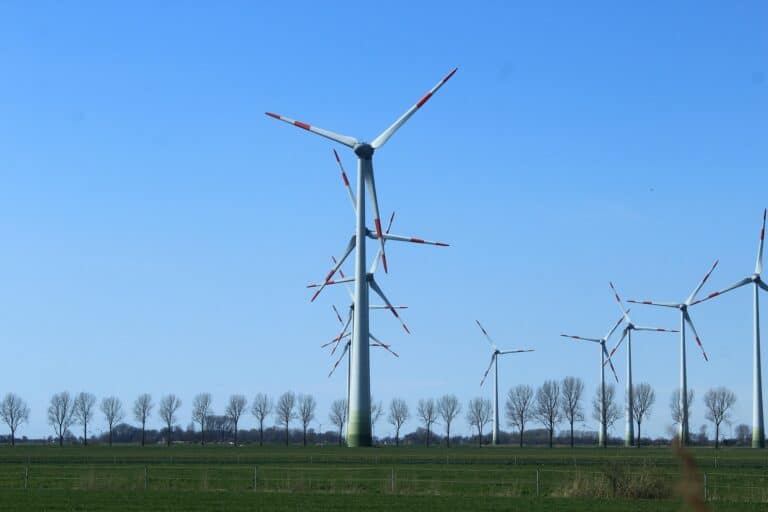Wind farms have long been hailed as a promising avenue for renewable energy production. However, a recent collaborative study between the University of British Columbia’s Okanagan campus and Delft University of Technology in the Netherlands suggests that their impact on wind patterns and the surrounding environment might be more significant than previously thought.
Using advanced large-scale simulations, researchers have delved into understanding the intricate dynamics of airflow within and around wind farms. Dr. Joshua Brinkerhoff, an Associate Professor at UBC Okanagan’s School of Engineering, highlights the critical importance of comprehending the atmospheric boundary layer, which monitors variations in wind speed, temperature, and pressure with altitude.
The research team’s efforts have resulted in the development of a pioneering modeling framework named the Toolbox for Stratified Convective Atmospheres (TOSCA). This framework aims to provide invaluable insights into how wind farms interact with the atmosphere and alter natural wind patterns. The findings, published in Wind Energy Science, offer promising prospects for enhancing wind energy forecasts and productivity.
Dr. Brinkerhoff emphasizes the significance of this research in optimizing wind farm design and placement. Fine-tuning the positioning of turbines within wind farms is crucial for maximizing power output, he explains. Through TOSCA, the researchers aim to address the challenges facing the wind energy industry, such as simulating boundary layer turbulence over large areas and predicting energy output more accurately.
The study’s lead doctoral student, Sebastiano Stipa, conducted research as part of a Mitacs Globalink exchange, underscoring the collaborative nature of this endeavor. Stipa notes that the insights gained from TOSCA could lead to a better understanding of wind farm power estimates and ultimately result in increased energy outputs.
One of the most significant outcomes of this research is the ability of the model to accurately capture the interaction between large wind farms and incoming wind streams. Dr. Brinkerhoff highlights that previous models often led to overestimations of wind farm power production, which could have severe financial implications for operators.
This groundbreaking research, supported by Mitacs Globalink, UL Renewables, and the Natural Science and Engineering Research Council of Canada, represents a significant step forward in harnessing the potential of wind energy. With computational resources provided by the Digital Research Alliance of Canada and Advanced Research Computing at the University of British Columbia, the findings pave the way for more efficient and sustainable wind energy production practices.
References
2024, ‘Powerful answers to energy questions may be blowing in the wind’, The University of British Columbia, viewed 12nd February 2024, <https://news.ok.ubc.ca/2024/02/06/powerful-answers-to-energy-questions-may-be-blowing-in-the-wind/>

























